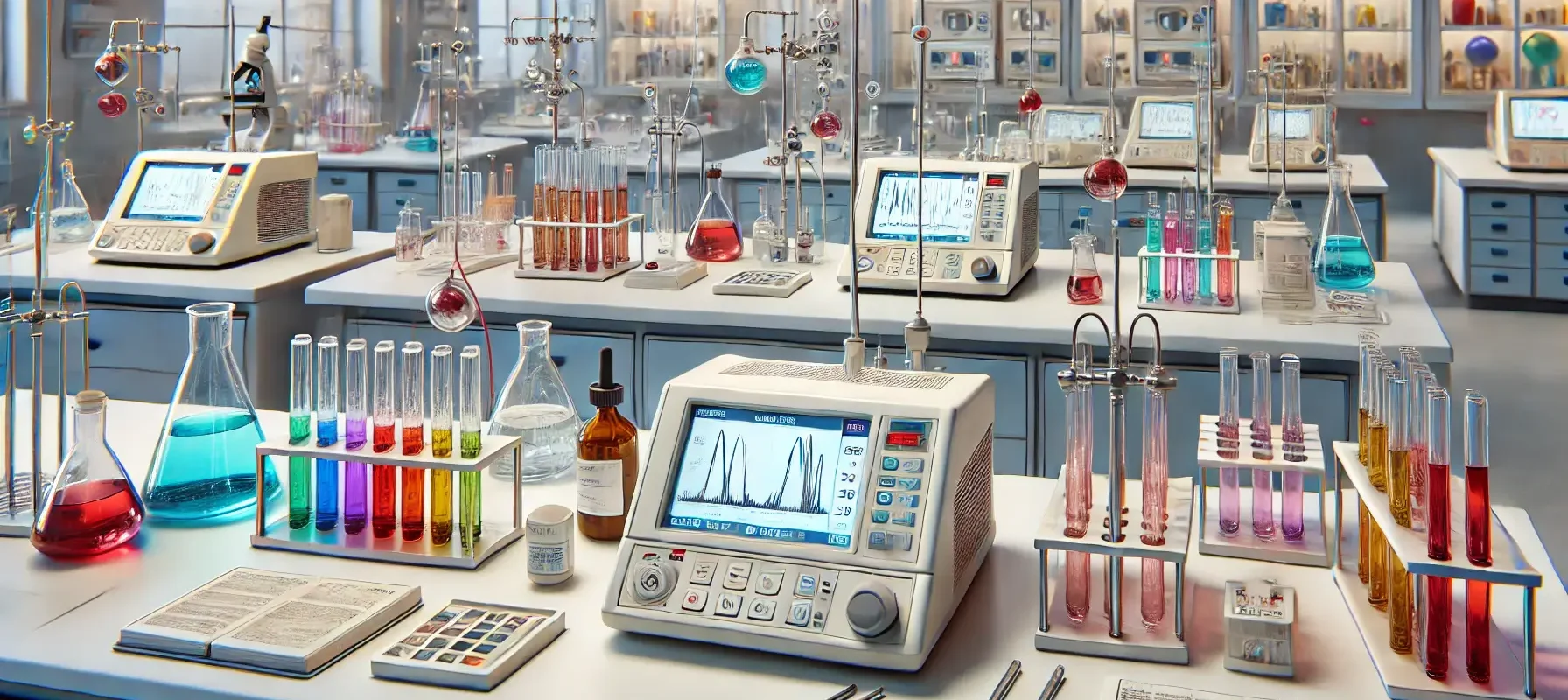Applications of Polarography is used for the quantitative and qualitative analysis of reducible or oxidizable substances in solutions.
-
Trace Analysis in Applications of Polarography:
- Used for detecting and quantifying trace amounts of electroactive species (e.g., metal ions, organic compounds) with high sensitivity and selectivity.
-
Environmental Monitoring in Applications of Polarography:
- Determines concentrations of heavy metals (e.g., lead, cadmium, mercury) and pollutants in water and soil.
-
Pharmaceutical Analysis:
- Employed for quality control, drug development, and stability testing, including monitoring drug purity and degradation.
-
Food Analysis:
- Detects contaminants like heavy metals and pesticides in food and measures nutrients and antioxidants.
-
Biochemical Analysis:
- Studies the redox behavior of biomolecules (e.g., proteins, enzymes), providing insights into their structure and function.
-
Electrochemical Kinetics:
- Provides data on electron transfer rates and reaction mechanisms in redox processes.
-
Speciation Analysis:
- Identifies chemical forms of analytes, aiding in understanding their reactivity and toxicity.
-
Electroplating and Corrosion Studies:
- Analyzes metal deposition, dissolution, and corrosion behavior, as well as the effectiveness of corrosion inhibitors.
Advertisements

